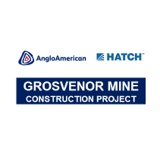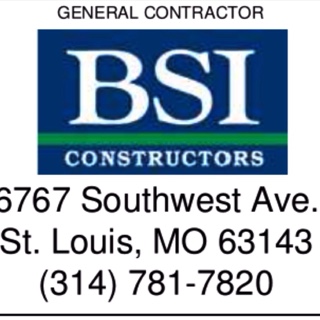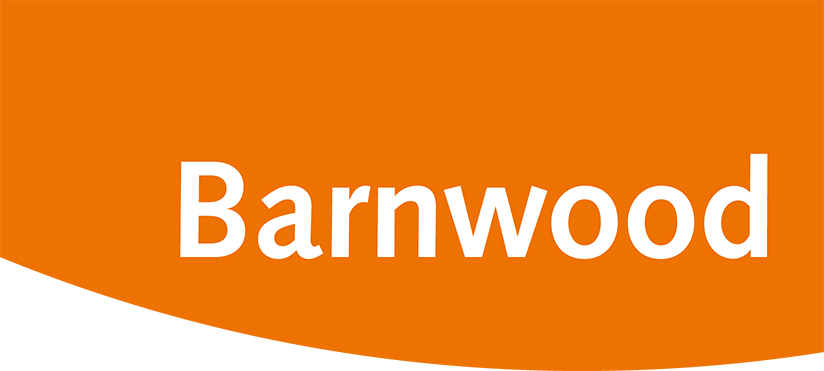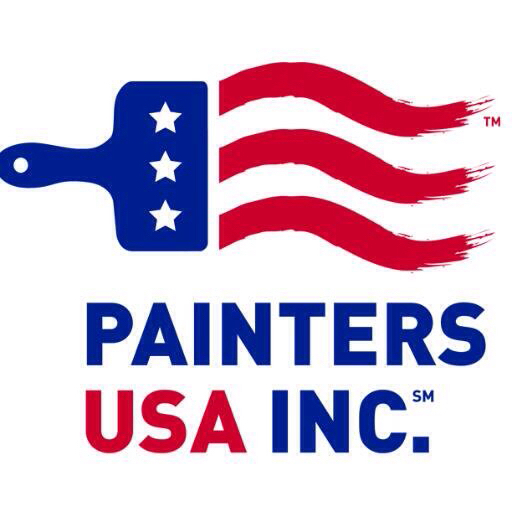Title Page
-
Job Site
-
Conducted on
-
Prepared by
-
Location
Electrical
-
1. Electrical cords being used are proper size of wire
-
2. Extension cords with bare wires taken out of service<br>
-
3. Extension cords with missing ground prongs taken out of service
-
4. Ground fault circuit interrupters (GFCI) being used
-
5. Lockout/Tagout devices are available
-
6. Lockout/Tagout devices are used
-
7. Light bulbs covered with protective cages
-
8. Circuit breakers/disconnects are properly identified (labeled) and accessible
-
9. Energized panels/devices are covered
-
10. Electrical dangers are posted
Hand, Power & Powder-Actuated Tools
-
1. Guards in place on machines/equipment
-
2. Guards on machine/equipment in good condition
-
3. When powder-actuated tools are used is proper PPE being worn (eyes, face, ears, and hands)
-
4. Hand tools in good condition
-
5. Laser operators' proof of qualification
-
6. Tool cords/plugs in good condition (strain relief)
-
7. Employees are using power tools properly
-
8. Right tool being used for job at hand
-
9. Operators of powder-actuated tools are authorized<br>
Fall Protection
-
1. Safety rails/cables are secured properly
-
2. Employees exposed to fall hazards are protected from falls
-
3. Fall protection equipment is appropriate for working heights
-
4. Employees below protected from falling objects
Ladders & Stairs
-
1. Ladders are of appropriate duty rating for the task
-
2. Ladders are of proper type and size for the task
-
3. Ladders extended at least 36 inches above the landing if accessing upper level (ladder access kept clear at all times)
-
4. Ladders are secured to prevent slipping, sliding, or falling (Ladders pitched at a 4:1 ratio, staked, tied, etc)
-
5. Defective ladders removed from service and tagged
-
6. Stepladders used in fully open position
-
7. Stairways rail or handrails installed when required
-
8. Stairway or ladder provided at points of access where a break in elevation of 19 inches or more exists
-
9. Ladders are being used in accordance with the manufacturer's specifications
Scaffolding (fall protection required on all scaffolds at 10 feet or greater)
-
1. Erected on sound rigid footing
-
2. Proper mud sills in place where necessary
-
3. Tied to structure as required
-
4. Scaffold is plumb, square, and level
-
5. Complete guardrail system around working platform (guardrail, intermediate rails, toe boards, screens in place
-
6. All working-level platforms fully planked/decked
-
7. Proper access/egress provided and adequate
-
8. All scaffolding inspected daily by a competent person)
-
9. Mobile scaffolding equipped with locking casters
-
10. Proper pins (no wire, nails, etc.) used in all connections
-
11. Employees below protected from falling objects
Floor & Wall Openings
-
All floor/deck openings are planked over/barricaded and labeled or marked
-
Perimeter protection is in place
-
Deck planks are secured
-
Materials stored away from edge
Excavation
-
1. Excavations protected by guardrails, fences, or barricades if not readily seen due to plant growth or other visual barriers
-
2. Competent person with knowledge of excavation hazards, pertinent OSHA regulations, and soil analysis on hand
-
3. Excavation inspected daily by a competent person before workers enter
-
4. Are employees trained in recognition of hazards
-
5. Materials and spoil piles are stored at least two feet from trench or excavation
-
6. Equipment is a safe distance from edge of trench/excavation
-
7. Ladders provided every 25 feet in trench
-
8. Excavations are shored or sloped back for excavations greater than 5 feet deep
-
9. Proper utility services identifications and locations made
Material Handling/Motorized equipment
-
Aerial lift operators trained and authorized
-
Aerial lift controls clearly marked
-
Aerial lift platform chain or door closed
-
4. Fall protection used in the aerial lift
-
5. Fall protection used in the aerial lift is the appropriate type
-
6. Reverse signal alarms working (audible) above surrounding noise levels
-
7. Materials are properly stored/stacked/cribbed
-
8. If mechanical equipment is being used, is equipment in good repair
Personal Protective Equipment (PPE)
-
1. Are employees wearing their PPE? (Hardhats, safety glasses with side shield, reflective vest, gloves)
-
2. Face shield is being worn when drilling/grinding overhead
-
3. Dust masks are used when needed
-
4. Respirators are used when required
-
5. All PPE kept in sanitary and reliable condition
Job Information/Administration
-
1. OSHA 300A form posted between February 1 and April 30
-
2. OSHA posters posted
-
3. Workers' compensation poster posted
-
4. Specific Site Emergency Plan posted
-
5. First aid kit available/stocked
-
6. Work areas properly signed/barricaded
Housekeeping & General Conditions
-
Are there adequate trash containers available, exits/stairs clear & walkways free of slips & trips?
Hazard Communication
-
1. All chemicals on site stored in original or approved containers with proper labels attached
Fire Prevention
-
1. Is there a fire extinguisher at the hot work being performed, inspected annually & monthly, fire extinguishers placed every 100' & are combustibles & flammables 35' away or covered with a fire blanket?
-
2. Extinguishers have current inspection (check tag) and storage areas have proper signage (No Smoking or Open Flame)
Welding/Burning
-
1. Gas cylinders stored upright
-
2. Proper separation between fuels and oxygen (1/2 hr-rated fire wall of a minimum distance of 20 feet)
-
3. Burning/welding/cutting goggles or shields are used
-
4. Fire extinguishers are nearby
-
5. Are welding leads and gas hoses free from defects?
-
6. Are welding screens being used to protect others from UV exposures?











